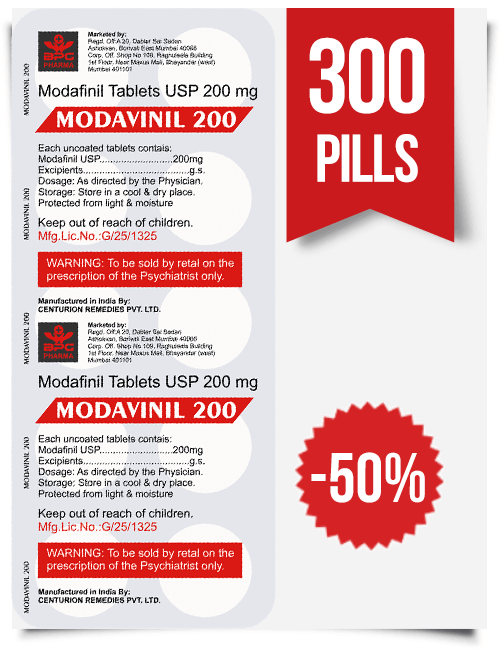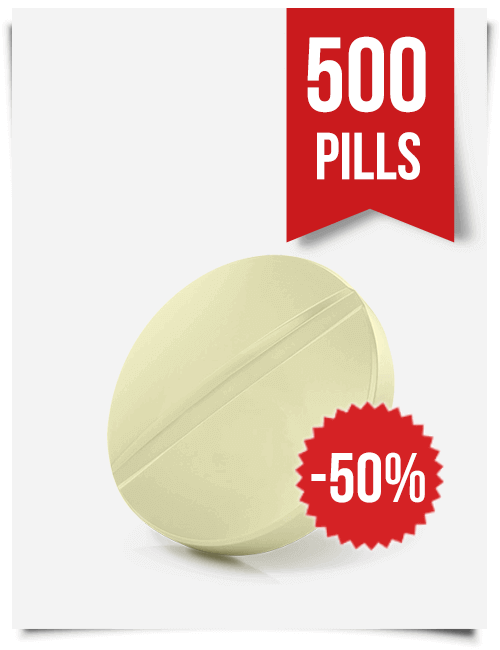Perceived Stress Scale (10 Item)
Perceived Stress Scale tested in a sample of 100 undergraduate students in Ekiti State University, Ado Ekiti, Nigeria.
The essence of this is to ascertain the elimination of geographical bias inherent in the original scale.
The essence of this is to ascertain the elimination of geographical bias inherent in the original scale.
 |
| Perceived Stress Scale |
Description of the scale
Creator: Sheldon Cohen (1983)
The Perceived Stress Scale (PSS) is the most broadly utilized mental instrument for measuring the Perception of Stress. It is a measure of the extent to which circumstances throughout one's life are evaluated as distressing. Things were intended to evaluate how flighty, wild, and over-burden respondents observe their lives to be. The scale likewise incorporates various direct questions about current levels of experienced stress. In addition, the inquiries are of a general nature and thus are moderately free of substance particular to any sub-population group. The inquiries in the PSS get some information about feelings and thoughts amid the most recent month. For every situation, respondents are asked how regularly they felt a certain way. "...a psychometrically sound global measure of perceived stress could provide valuable additional information about the relationship between stress and pathology.... the Perceived Stress Scale (PSS) [was] developed in response to these issues. The PSS measures the degree to which situations in one's life are appraised as stressful." –Cohen (1983).
History of the Perceived Stress Scale (PSS)
Before the development of the PSS, assessment of stress tended to focus on objective indicators (e.g., frequencies) of specific s
tressors (e.g., chronic illness, family loss, new family members). This tendency subsequently overlooks the influence an individual’s subjective interpretation of a stressor might have upon the experience of a stressor. Cohen et al. (1983) viewed the void of the subjective component in assessing stress as an unwanted quality and developed the PSS in response. Specifically, the PSS is based upon Lazarus’s original transactional model of stress that argues the experience of a stressor is influenced by evaluations on the part of the person as to how well they can manage a stressor given their coping resources. The original PSS consist of 14-items that are purported to form a unidimensional scale of global perceived stress. Although scores on the 14-item PSS tend to exhibit good reliability estimates across literature, four of the items tend to perform poorly when evaluated using factor analysis. As a result, the PSS is usually implemented using the 10-item version. Cohen et al. (1988) further reduced the PSS to a four item form for quick measurements; however, scores on the 4-item PSS tend to exhibit lower reliability estimates than researcher would like.
Purpose / Primary use: Measure the perception of stress.
Length:10 items.
Average completion time: 5-10 minutes.
Target population: Individuals with at least a junior high (secondary) school education.
Administration:For individual or group administration.
Uses of the PSS: Stress perception research (academic purpose) and clinical cases.
Conditions of scale use: Permission for use of the scale is not necessary when use is for academic research or educational purposes.... Read full text














Leave a Feedback